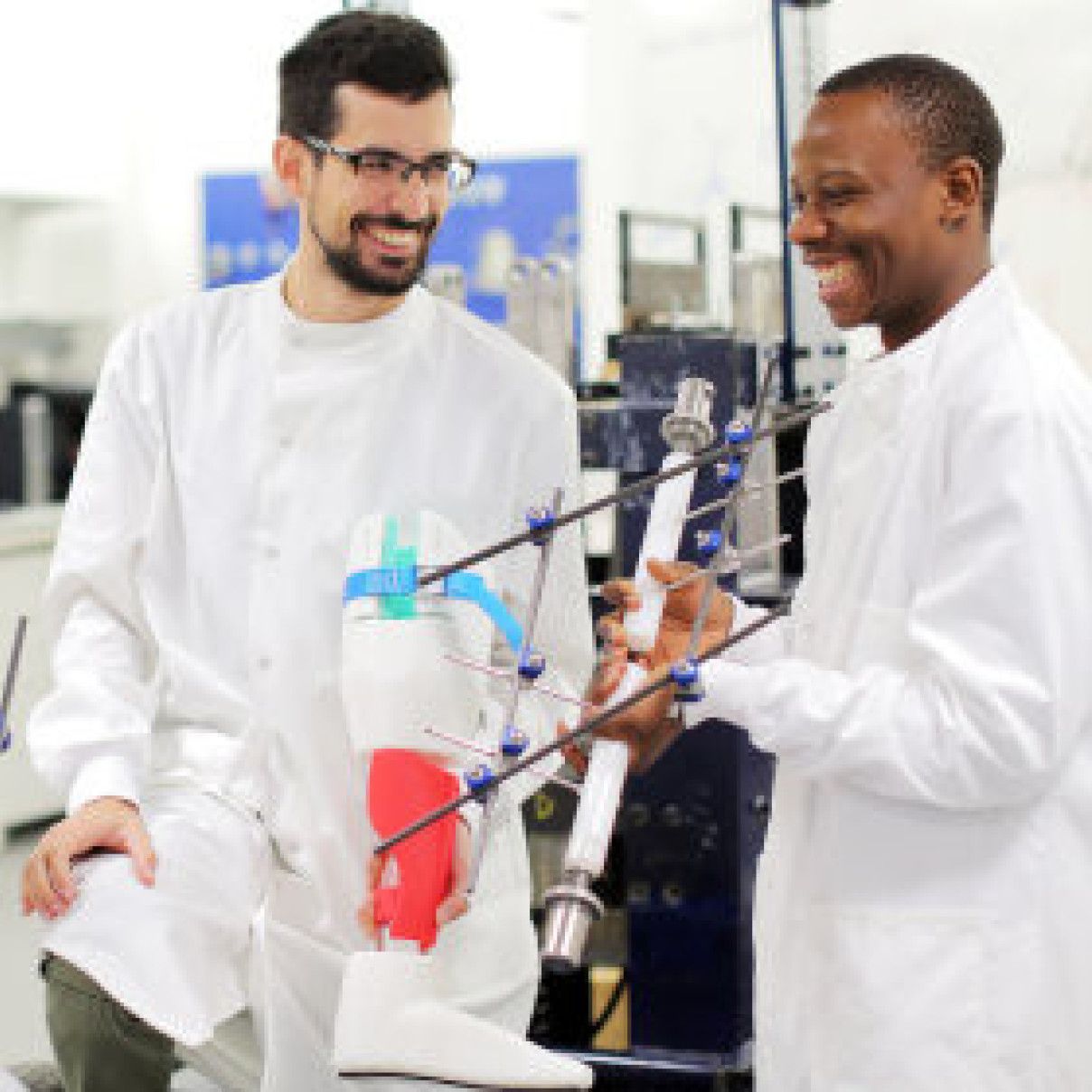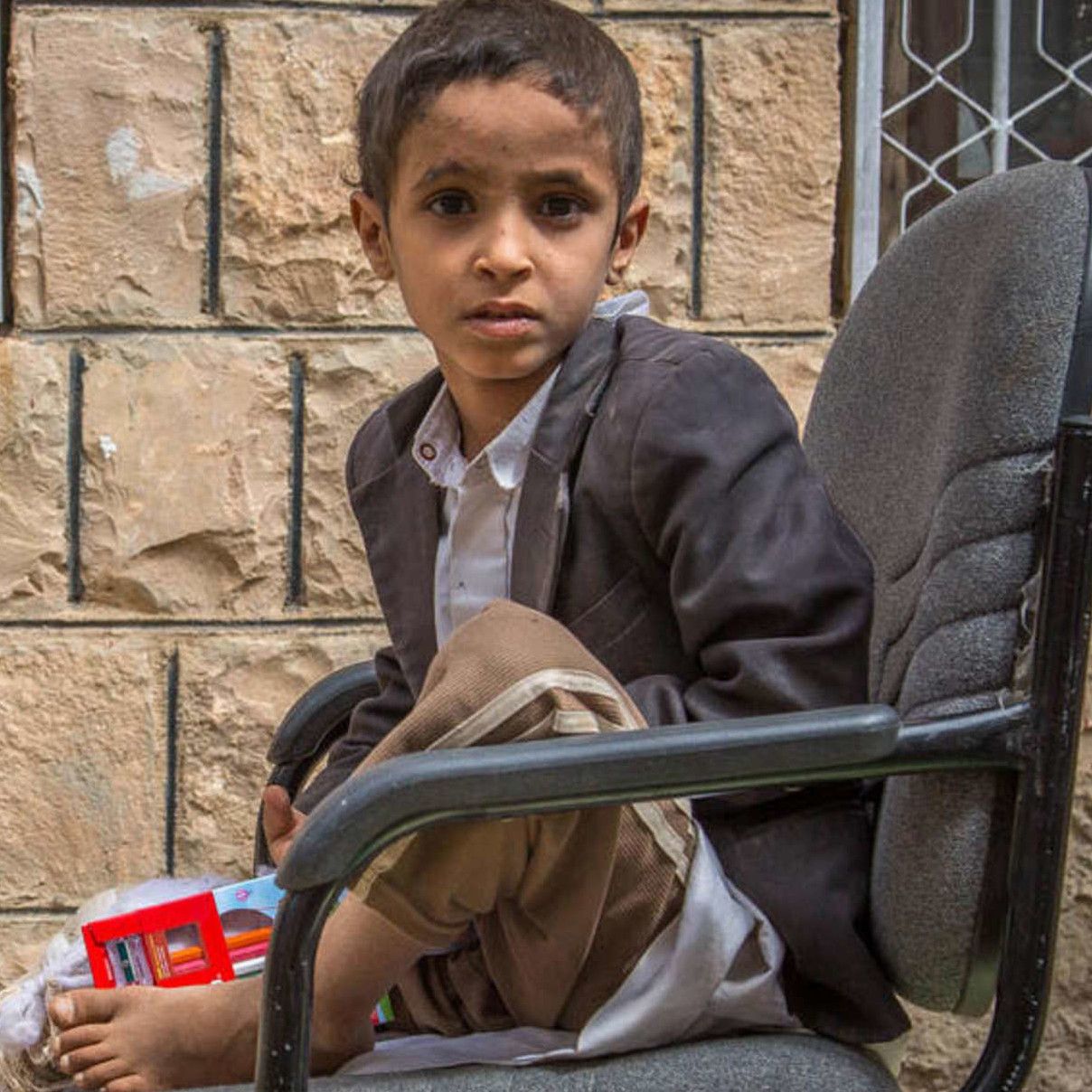Conflict-related death and injury are major contributors to the global burden of disease.
A group on Imperial College London bioengineers are working to understand the injury burden from wars in Sri Lanka, Rwanda, Lebanon and Gaza and how to save limbs after blast and gunshot injuries.
The work is centred on a conflict-injury hub in partnership with the University of Moratuwa (Sri Lanka), the American University of Beirut (Lebanon) and University of Global Health Equity and University of Rwanda (Rwanda).
The team is developing a low-cost external fixator that can be made in low-resource settings from local materials, using local machines. It is also developing biodegradable scaffolds which may also be able prevent osteomyelitis – a bone infection often seen in these injuries.
Furthermore, the College is working in partnership with groups in Cambodia to develop a low-cost prosthesis that specifically caters for the economic, environmental, lifestyle and cultural requirements in low-resource countries.
Following on from the success of the hub, researchers from the Centre for Blast Injury Studies (CBIS), together with Save the Children, launched the world’s first guide for treating children severely injured by explosives. The Paediatric Blast Injury Field Manual is designed for medics in war zones who often lack specialist training.
These partnerships have developed links with the UN, the International Committee of the Red Cross and Medical Aid for Palestinians. The team is exploring opportunities in Syria and Yemen.
Project lead, Professor Anthony Bull, says: “The UN Sustainable Development Goals encompass a target to promote peaceful and inclusive societies (SDG 17), but we must also address the harmful legacy of past and current conflicts around the world. Through our programmes of interdisciplinary translational research we aim to improve the health and well-being of survivors of conflict injuries in line with SDG 3. Crucially we want to try and reduce the inequalities facing this community (SDG 10), often living with disabilities, through development of assistive technologies.”


